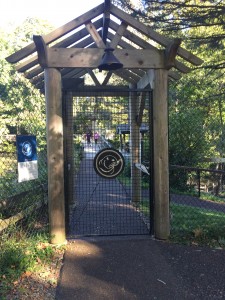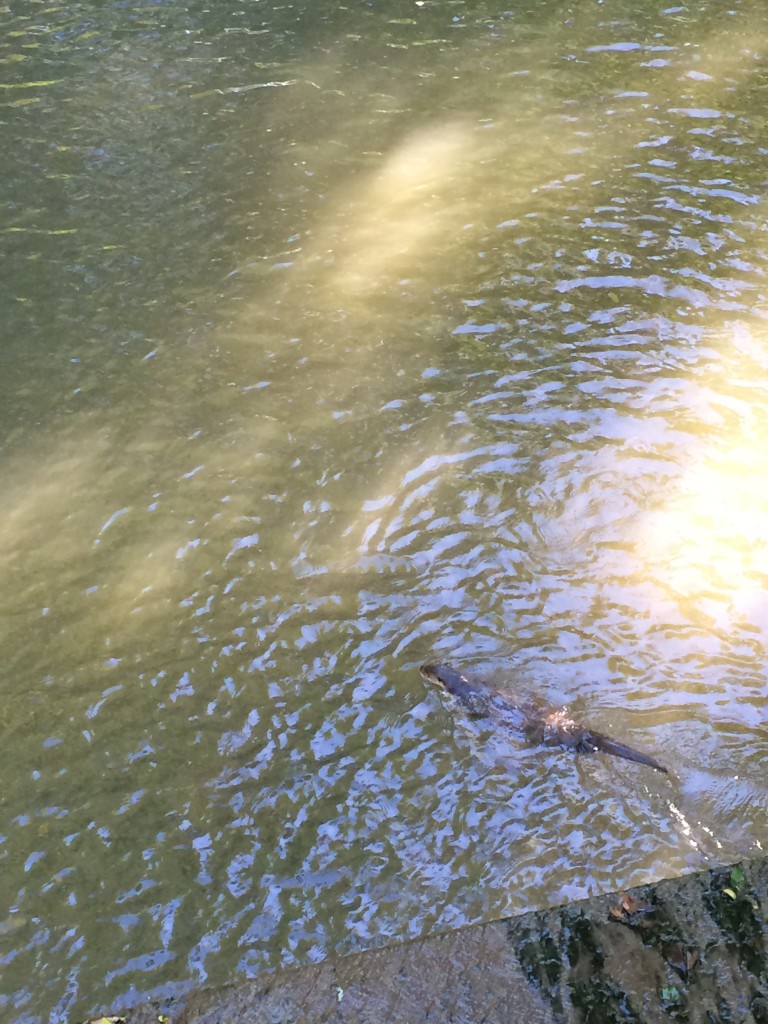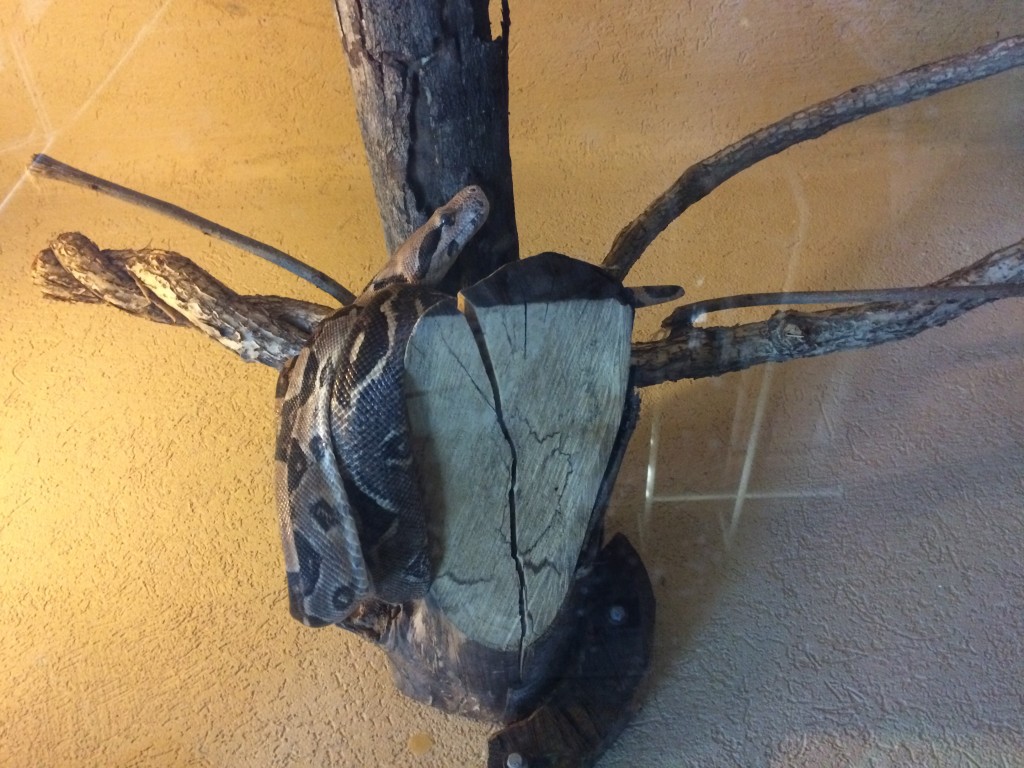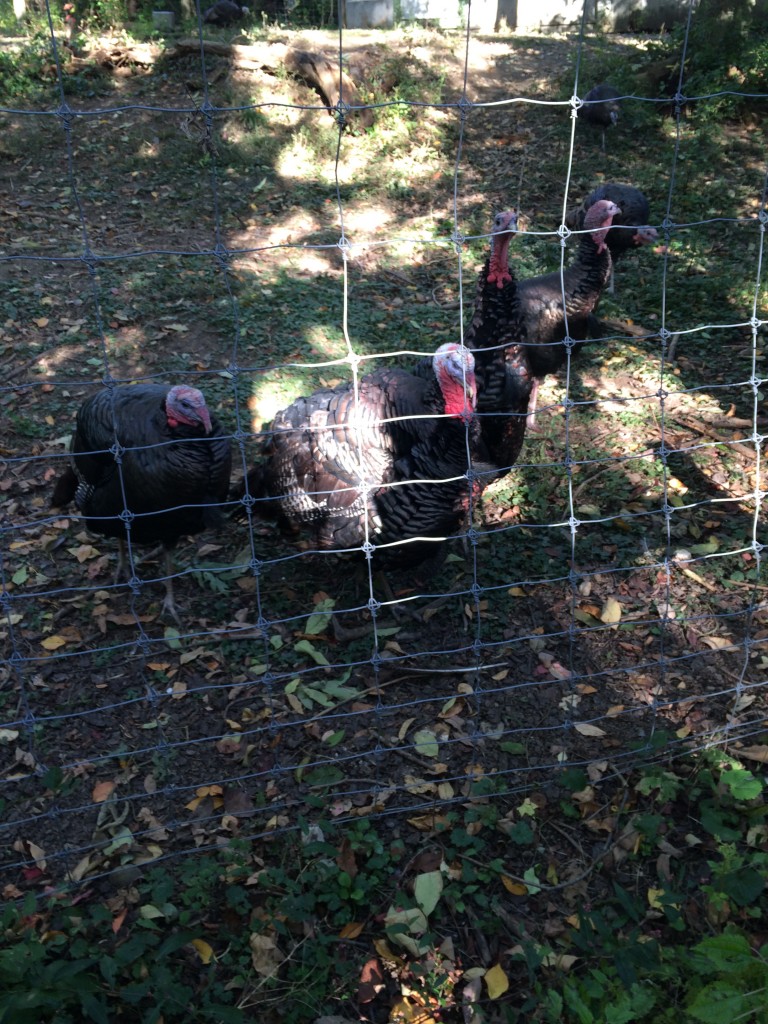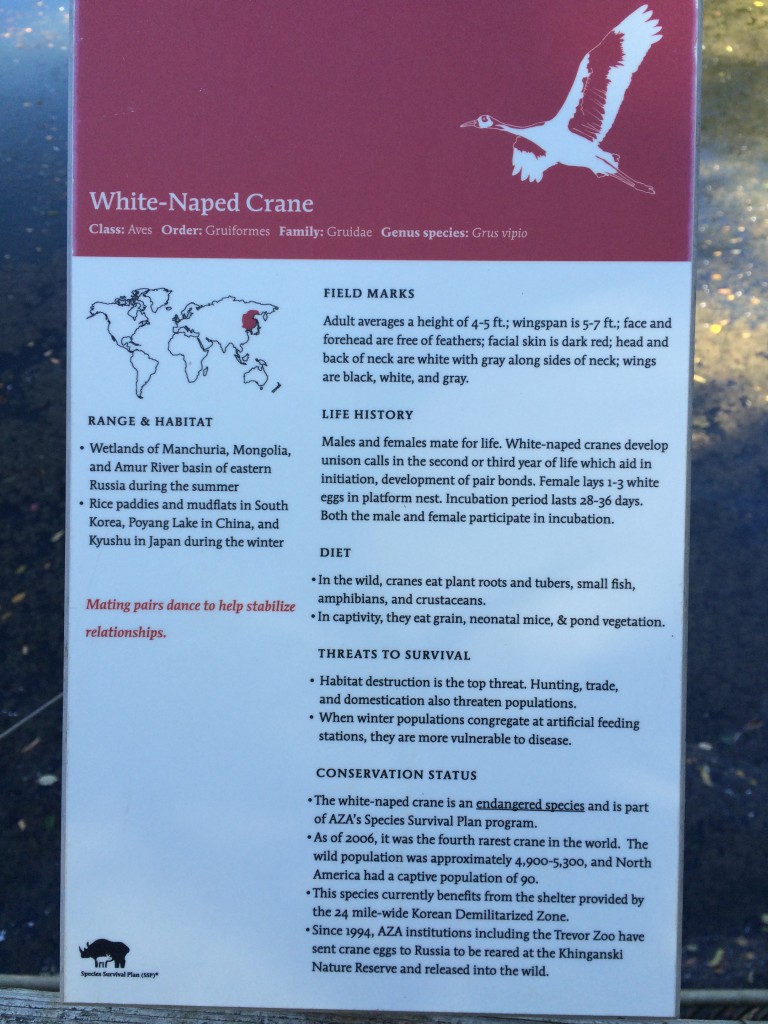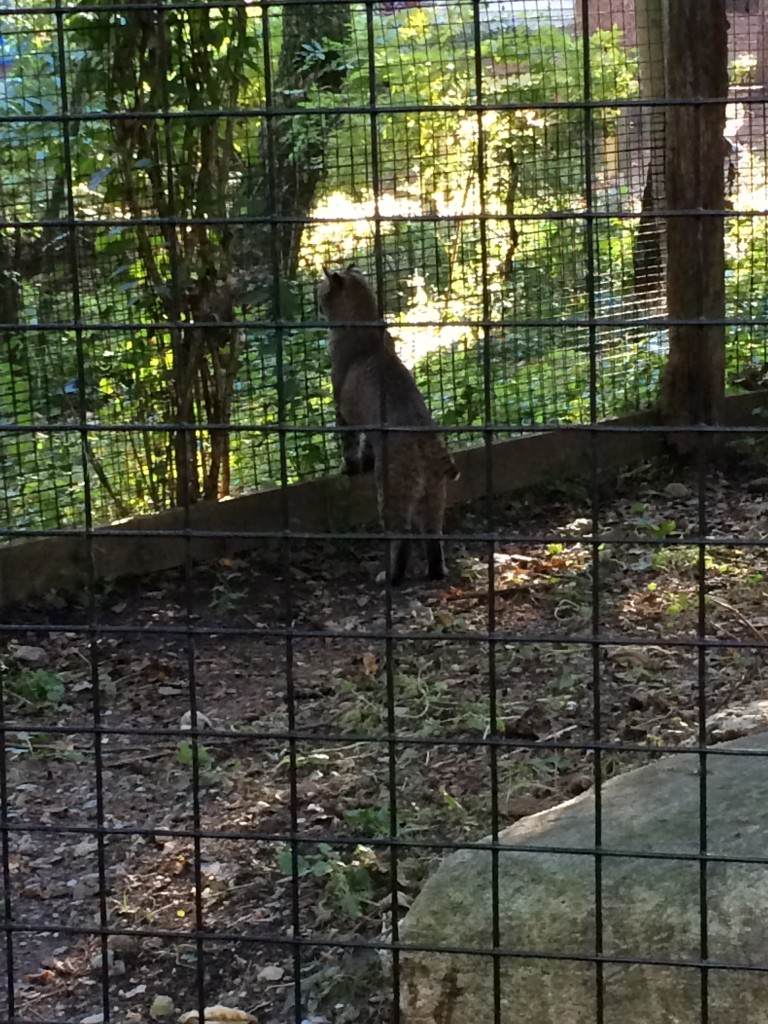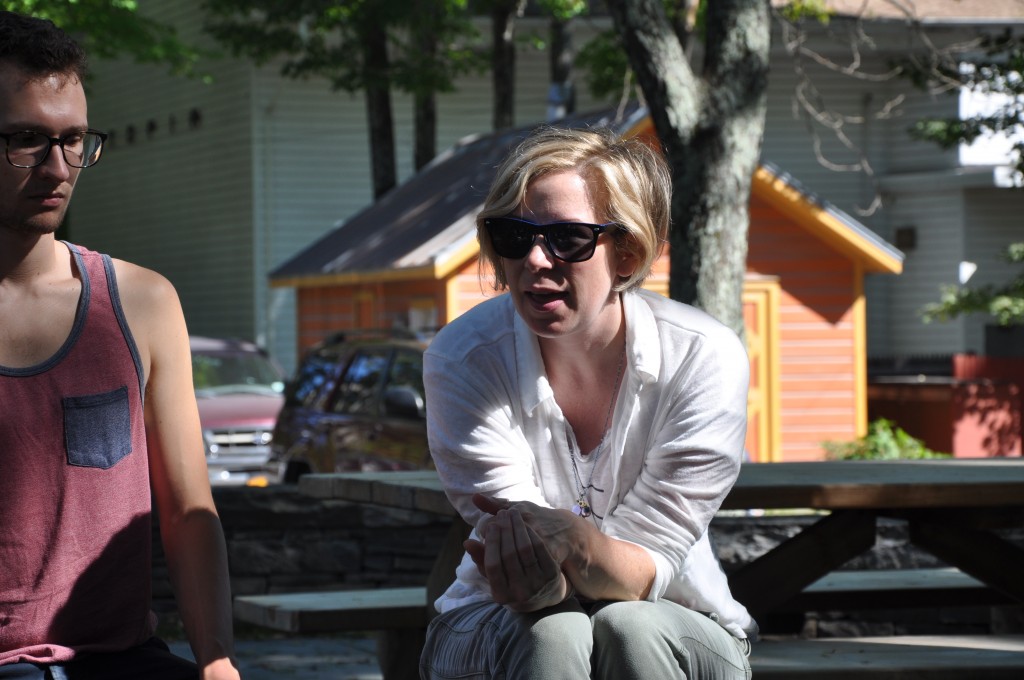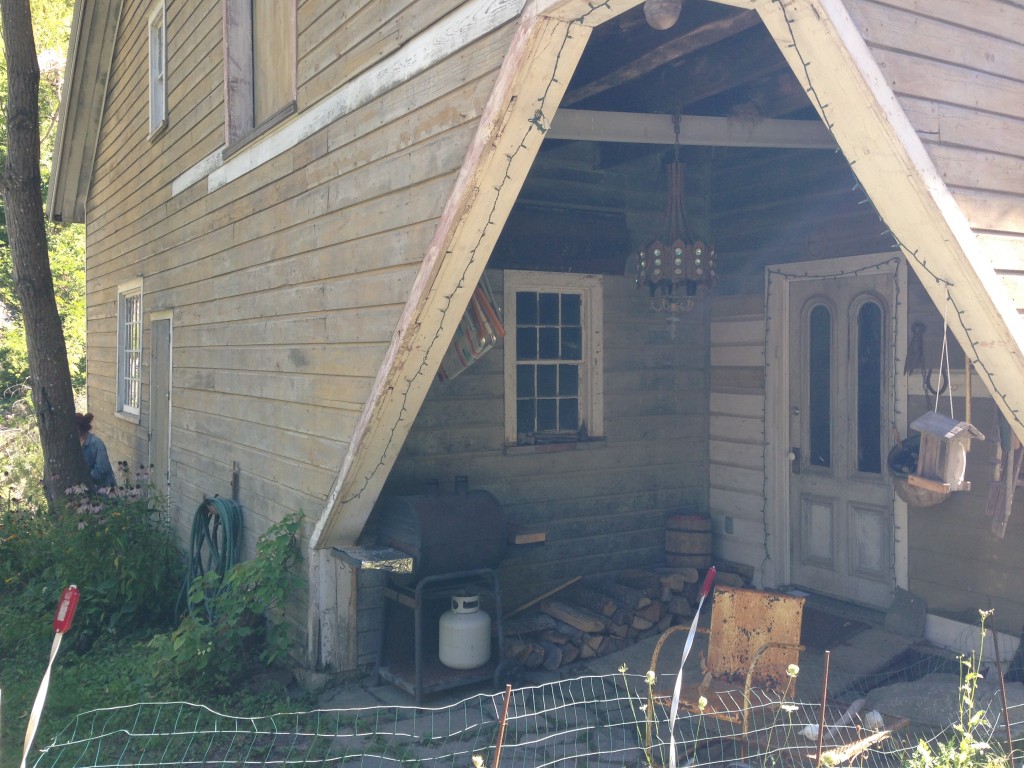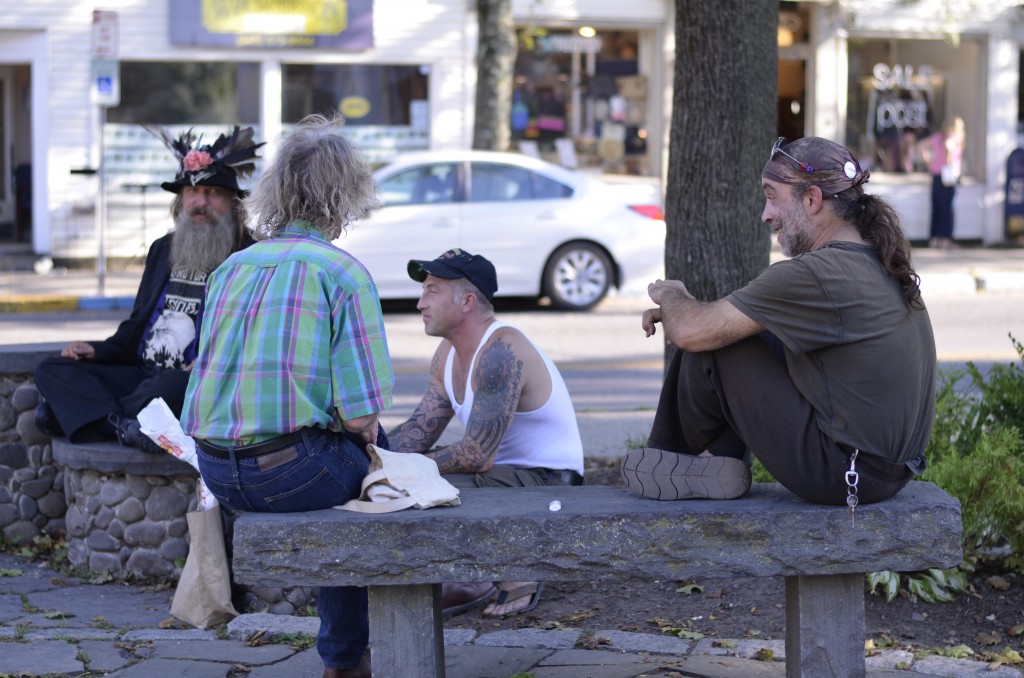The only zoo in the country to be found on a high school campus, the Trevor Zoo, is located at the private Millbrook School in Millbrook, NY. About a 40-minute drive from Vassar, the zoo and school is nestled into rolling wooded hills. I made the trip up there this Sunday with a couple friends.
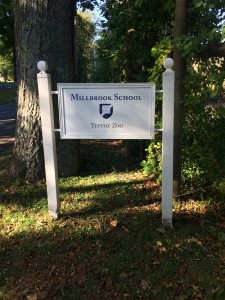
The sign for the zoo
Walking into the zoo, we paid the $5 admission, and I asked the girl behind the table about the zoo. She told me that in 1936, a biology teacher (Frank Trevor) envisioned it as a means to inspire students to care about animals and wildlife. Almost a century later, the students are still the main caretakers at the zoo. The zoo only has 3-4 full-time professional staff members and the students do all the rest. Underclassmen are assigned animals to feed and monitor, while older students act as curators of the exhibits.
The zoo itself contains 80 different species of animals, 9 of which are labeled as endangered species. The zoo takes part in the Species Survival Plan (SSP) that was developed by the American Association of Zoos and Aquariums to encourage breeding of endangered species in captivity and ensure healthy and genetically diverse captive populations. The 9 endangered species at the zoo are: Lake Victoria Cichlids, Black and White Ruffed Lemurs, Ring-Tailed Lemurs, White Naped Cranes, Kaiser’s Spotted Newt, Red Panda, Blanding’s Turtle, Red Wolf, and the Golden Lion Tamarin.
The zoo has animals from six continents, but the most represented is North America, specifically the Northeast. It is fitting that the Northeast be so heavily represented considering the original mission of the zoo. By providing students and visitors with close encounters with local species, the zoo helps to increase awareness and empathy for the animals. Some of the animals represented are come across quite often in the Hudson Valley, like the wild turkey and the red tailed hawk, but others are harder to spot like the Bobcat and the Barred Owl. Each animal exhibit has its own key card that provides vital statistics on each species represented. Information that can be found on the cards includes behavioral habits, human impact on the species, and whether or not the animal is endangered. Sprinkled throughout the trails are also informational signs about the continent represented in that particular section. These signs explain to the visitor more about biomes of the continent and the consequences of human impact and climate change on the region.
Our meandering stroll through the exhibits ended up at the Jonathan and Jane Meigs Education Center, which is really just two large open rooms. Here can be found a few more small exhibits with lizards, snakes, and fish. The main purpose of the center seems to be to educate visitors on the effects of climate change on species and ecosystems both close to home in the Hudson Valley and beyond. It is the perfect end to a walk through the zoo. The center engages the visitor to think critically about their visit and the fate of the species they saw in their time spent here. It helps to stress the Trevor Zoo as an active environmental advocate and urges the visitor to also take part in the environmental movement.
http://www.millbrook.org/page/School-Life/Trevor-Zoo
By: Lydia Gold

